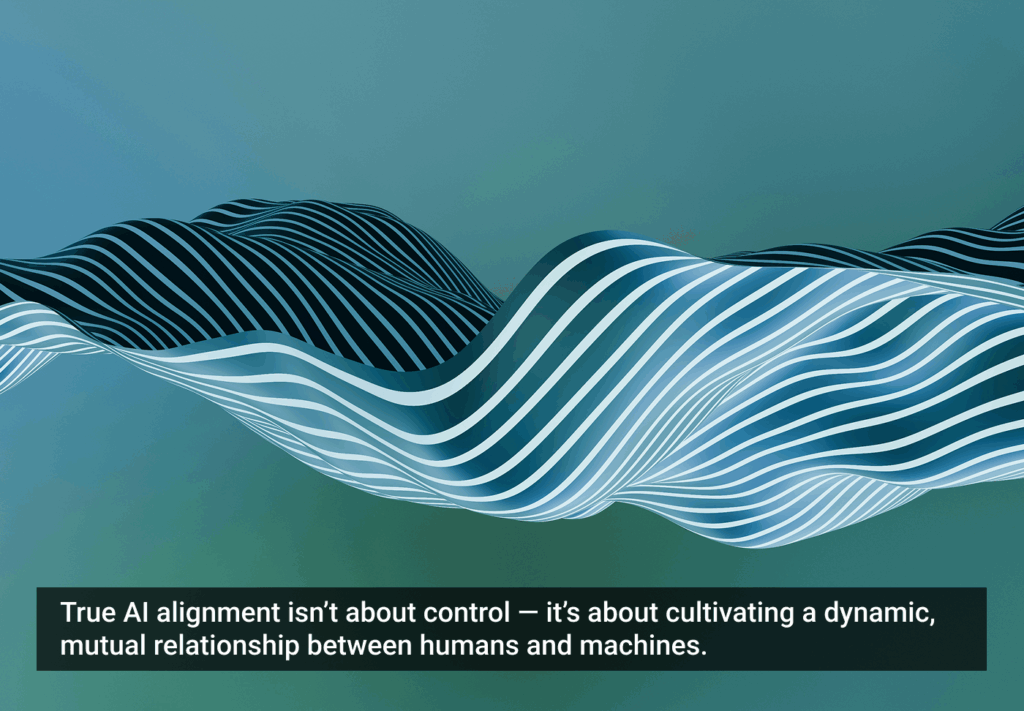There has always been a fear of companies using AI to eliminate employees. While this fear still lives strong, what we’re actually seeing is somewhat counterintuitive: large companies dragging their feet on AI adoption, while consumers are readily using these technologies to increase their own productivity and pursuits.
In this episode, Robb and Josh are joined by Harsha Gowda and Nitin Bhudia, respectively the CTO and Director of Innovation at Getronics. Bringing decades of experience with enterprise-level technology, Harsha and Nitin join to discuss the risks organizations take by failing to embrace the initial phase of “artificial incompetence” required to move forward with artificial intelligence. As they talk about, early failures with automation often seed the velocity that is required for companies to transform their operations and avoid being run out of existence by faster moving entities, whether that be individual consumers and employees, direct competitors, or yet to be identified threats.
Full disclosure: Getronics and OneReach.ai have partnered on numerous enterprise AI agent implementations.
Enjoy this urgent conversation with Harsha Gowda and Nitin Bhudia of Getronics.








